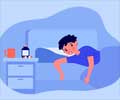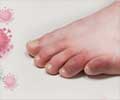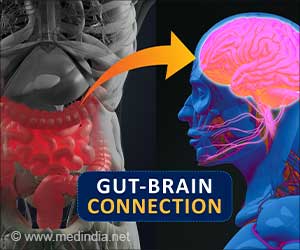People discharged from hospital after covid-19 appear to have increased rates of organ damage ( multiorgan dysfunction ) compared with similar individuals in the general population.

‘Diagnosis, treatment, and prevention of post-COVID syndrome requires integrated rather than organ or disease specific approaches.’
Read More..




Although COVID-19 is most well known for causing serious respiratory problems, it can affect other organs and systems within the body, including the heart, kidneys, and liver.Read More..
Several unexplained symptoms that continue for more than 12 weeks after COVID-19 are said to be part of post-COVID syndrome, but the long term pattern of organ damage after infection is still unclear.
To investigate this, a team of UK researchers from the Office for National Statistics, University College London and University of Leicester set out to compare rates of organ dysfunction in individuals with COVID-19 several months after discharge from hospital with a matched control group from the general population.
Their findings are based on 47,780 individuals (average age 65, 55% men) in hospital in England with COVID-19 who were discharged alive by 31 August 2020.
Participants were matched with controls, based on personal characteristics and medical history. Health records were then used to track rates of hospital readmission (or any admission for controls), death from any cause, and diagnoses of respiratory, cardiovascular, metabolic, kidney, and liver diseases until 30 September 2020.
Advertisement
These events occurred at rates of 766 readmissions and 320 deaths per 1,000 person years, which were four and eight times greater, respectively, than those in matched controls.
Differences in rates of multiorgan dysfunction between patients with covid-19 and matched controls were greater for individuals aged less than 70 than for those aged 70 or older, and in ethnic minority groups compared with the white population, with the largest differences seen for respiratory disease.
Differences in disease rates between men and women were generally small.
This was a large, well-designed study using 10 years of historical clinical records to exactly match individuals with COVID-19 to controls.
However, the findings are observational, and the authors cannot rule out the possibility that rates of diagnoses in general might have decreased indirectly because of the pandemic, particularly in people not admitted to hospital with COVID-19.
"Our findings suggest that the diagnosis, treatment, and prevention of post-COVID syndrome requires integrated rather than organ or disease specific approaches," they write.
And they say urgent research is needed "to understand the risk factors for post-COVID syndrome so that treatment can be targeted better to demographically and clinically at risk populations."
Source-Eurekalert











